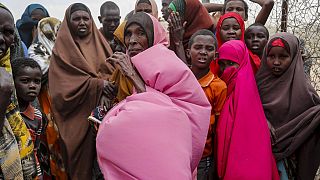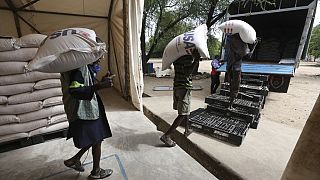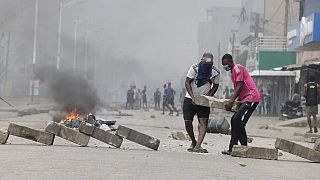Child workers
The world has marked the first rise in child labour in two decades and the coronavirus crisis threatens to push millions more youngsters toward the same fate, the International Labour Organisation (ILO) and UN's children's agency Unicef say in a joint report.
"Almost half of these children, that is 79 million children, are working in hazardous child labour, and that means work that endangers their health, safety or moral development, and sometimes tragically even their life," said Guy Ryder, ILO's director general.
Even more alarming is the increase in the number of children between the ages of five and 17 who are engaged in hazardous work, i.e. work that can have a direct effect on their development, education or health.
Many of these children are invoved in dangerous sectors such as mining or fishing or working more than 43 hours a week, which makes schooling almost impossible.
Sub-Saharan Africa saw the largest increase in the number of working children. They were 16.6 million more at the beginning of last year and in 2016.
The phenomenon hits boys hardest, accounting for 97 million of the total 160 million child laborers at the beginning of 2020.
The vast majority of children (70% or 112 million) are engaged in agricultural work, while 20% are active in the service sector and the remaining 10% in industry.













00:11
US, European allies agree August deadline for Iran nuclear deal
Go to video
UN Special Rapporteur calls for concrete action on 'genocidal' Gaza occupation
01:07
Only 35% of sustainable development goals on track to meet target, UN says
01:07
UN-Russia agricultural export memorandum will not be extended
01:13
Forty years and counting: CAR once again postpones local elections
Go to video
ICC warns of a dire humanitarian crisis in Sudan as the war rages on